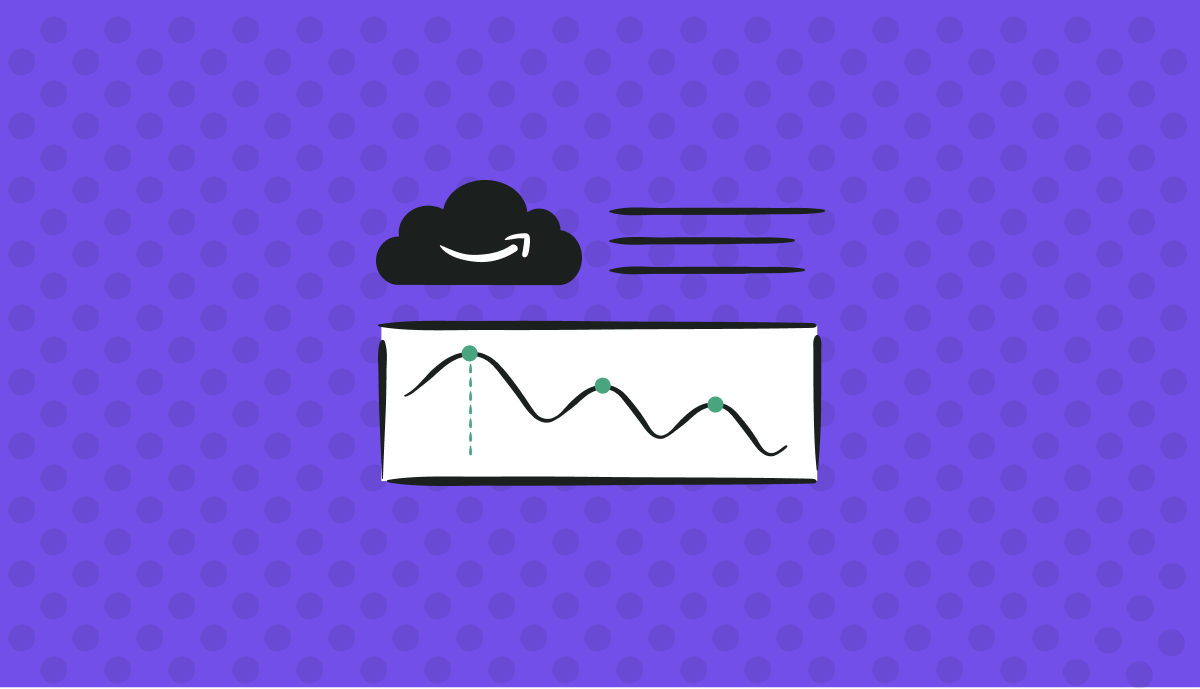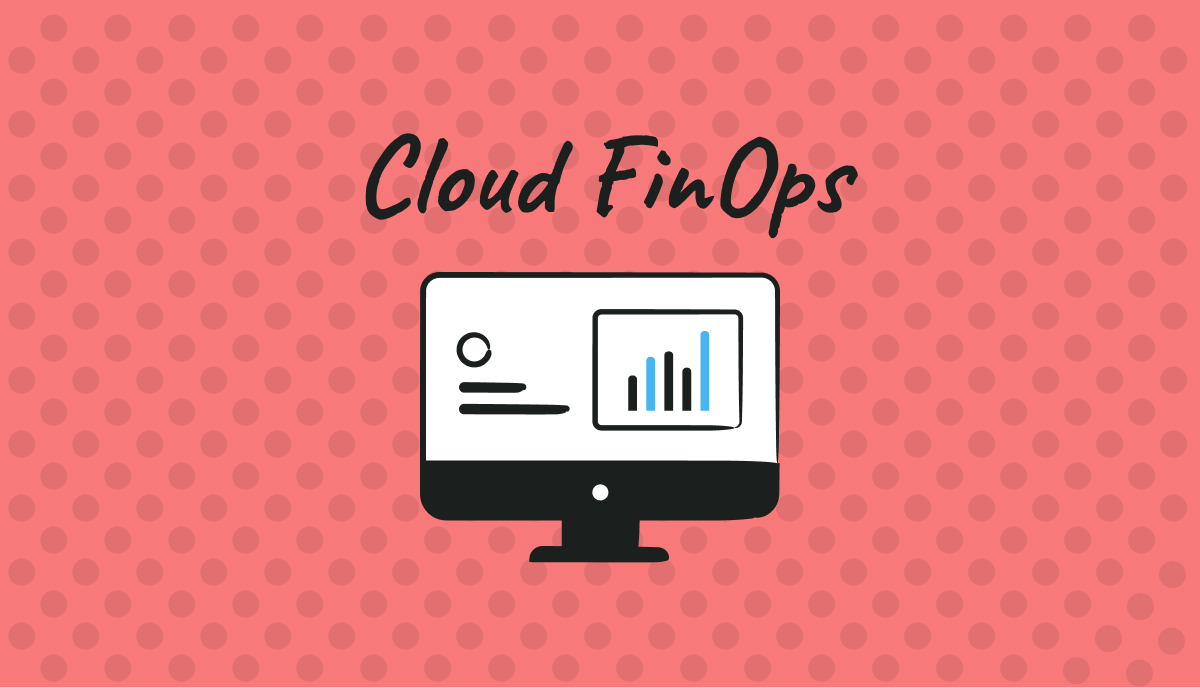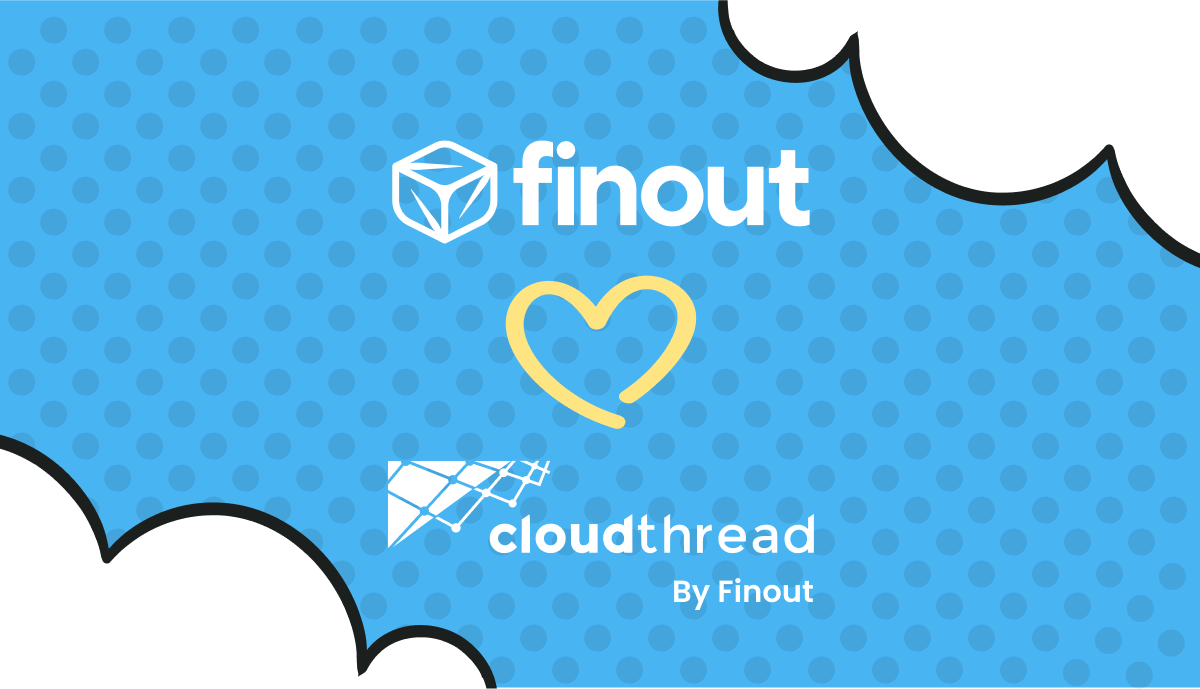
Many companies who have migrated to the cloud are now seeking ways to decrease their cloud costs. With 30% of cloud spending going to waste, it's imperative that you gain a firm grip on your usage and implement cloud in a way that provides the greatest ROI.
Luckily, popular cloud vendors such as Amazon Web Services (AWS) and GCP offer pricing models that provide cost savings on compute usage. In addition, there are several best practices you can implement to make the most of your cloud investment.
1. Plan your Purchases Wisely
Cloud vendors like AWS, Google Cloud, and Azure provide different discounts and purchase plans that can help you save on cloud expenses.
- Reserved instances
Reserved instances provide lower upfront fees and a discounted hourly rate on cloud resources you commit to using for a period of one to three years. Depending on their type, reserved instances can save you up to 72% compared to on-demand pricing.
- Spot instances
Spot instances push the discounts beyond reserved instances, letting you save up to 90% on your AWS cloud costs and Google Cloud Spot VMs. Instead of booking resources ahead of time (as is the case with reserved instances), spot instances let you make use of spare cloud capacity.
The disadvantage of reserved instances is that they are not always available. Therefore, spot instances aren't ideal for workloads that can't be interrupted.
- AWS Savings Plans
If you're running your infrastructure on AWS, Savings Plans provides you with the same discounts as Reserved Instances, in return for a long-term commitment to a specific amount of cloud computing usage per hour.
This pricing model lowers your EC2, Fargate or Lambda costs regardless of instance size, family, OS, region, or tenancy.
2. Correctly Size Instances
A common mistake most businesses make is they use the default settings when implementing the cloud. IT and DevOps teams need to clearly understand which instance types will work well for their situation. Once you know which applications you'll run, review your needs and select appropriate instance sizes. The instance can be large, medium, or small.
Also, do not size for peak demand. Instead, utilize the elasticity of the cloud to your benefit through features like autoscaling. You can also use cloud cost optimization software that provides instance sizing recommendations. A tool like Finout will automatically match your workloads to suitable instance types and sizes.
3. Shed Off Unused or Underutilized Resources
Remember that with the cloud, you can pay for resources regardless of whether you've used them or not. It's easy to spin up an instance for a single task and forget about it.
Over time, idle instances, unused elastic IPs, and old snapshots can cause your cloud bills to spiral out of control. That's why it's important to continually monitor your cloud usage to detect unused resources.
4. Optimize Storage
Storage is one area most businesses forget about when they're looking to optimize their cloud costs. Just like you should rightsize instances, you should choose the right storage solutions for your need.
An easy way to choose an appropriate storage solution is to check the speed and frequency with which you will need to retrieve data. For example, if you're using a standard S3 buckets for archival storage, you might benefit from using cold storage options like Glacier.
5. Watch Out for Data Transfer Charges
Data transfer to the cloud is generally free. However, data transfer from the cloud is often costly. This outbound data transfer can be priced differently depending on your region.
When deciding where to host data, you need to balance cost and proximity to your customers. You can avoid unnecessary charges by grouping resources within regions. Remember to always have a resource inventory of what and where a resource is so that you don’t waste money on high data transfer charges.
6. Continually Monitor the Cost of Cloud Services
For many companies, cloud infrastructure is usually the second highest expense after manpower. And instead of keeping their cloud spending in check, most businesses are running blind as to what they're paying for and why.
To ensure a strong cloud ROI, you need to make sure you have full visibility of cloud usage and spending. With an on-premise setup, it doesn't matter if a resource is left running idle, but with cloud, it does.
Finout lets your team track cloud costs that matter to them by building custom dashboards. It's also the easiest and most intuitive to use. Join our weekly demo to see it in action.
7. Create a Culture of Financial Ownership
Making a shift towards FinOps, a culture that promotes shared ownership of cloud costs, can help your team work together on reducing cloud spending and increasing cloud ROI.
FinOps is all about being proactive instead of reactive. By paying attention to cloud spending early on, you can gain enormous savings in the long term.
Ready to Make the Most of your Cloud ROI?
Moving to the cloud can help you cut costs and improve agility, but if you simply ''lift and shift'' your workloads to the cloud, you'll end up with a copy of your on-premise setup. This won't help you gain the most out of your cloud migration.
Luckily, there are tactics you can implement to improve cloud ROI and gain control of your cloud spending. Start with smart purchasing and long-term planning, gain visibility into what you're spending and where, and foster a culture where everybody is involved in cloud cost management.







